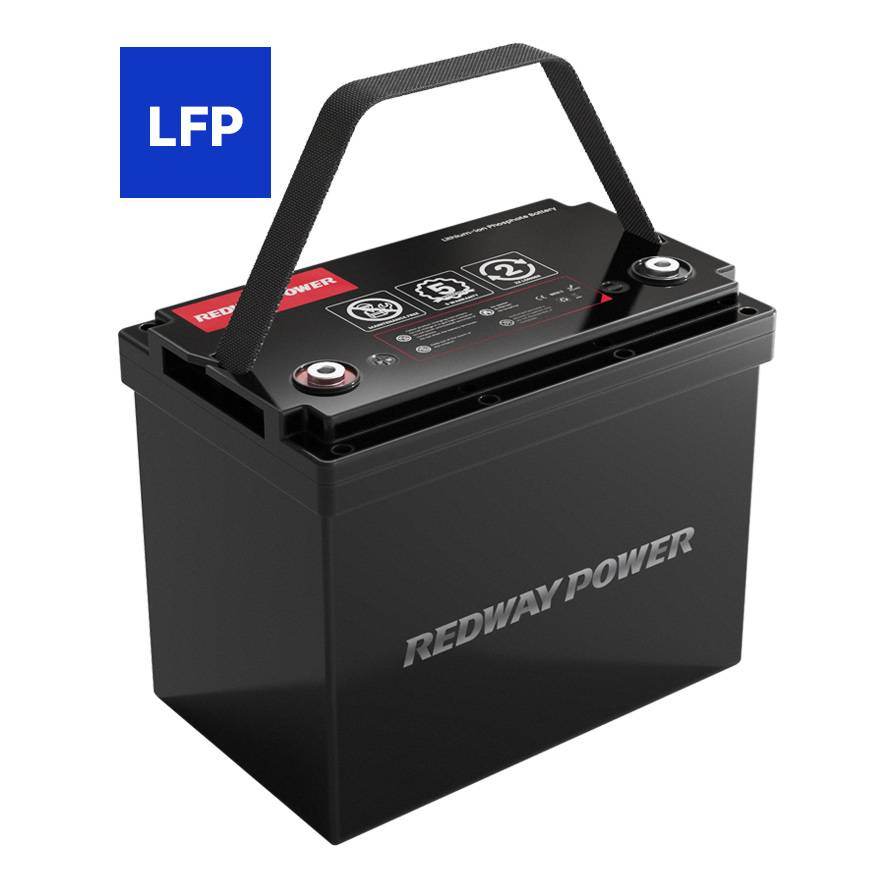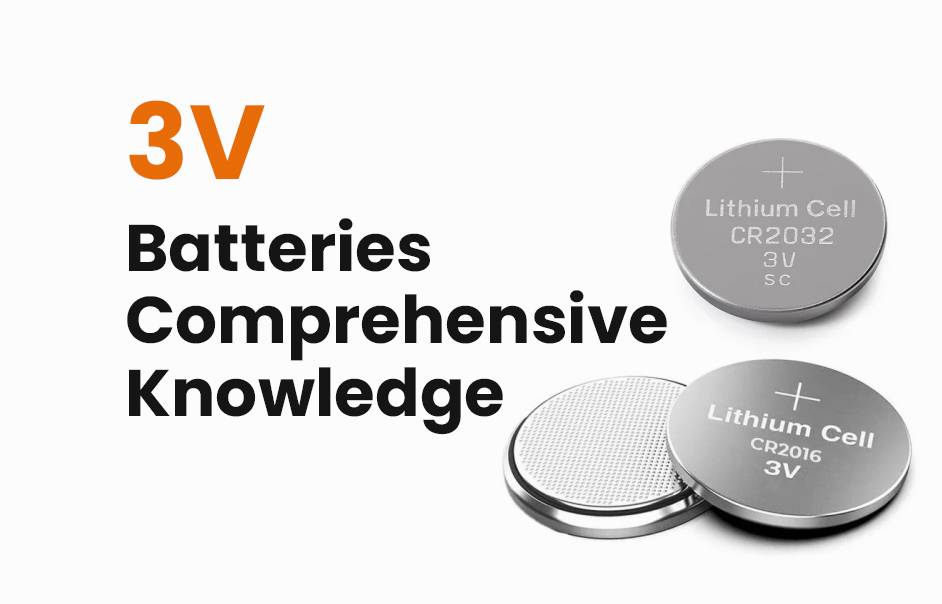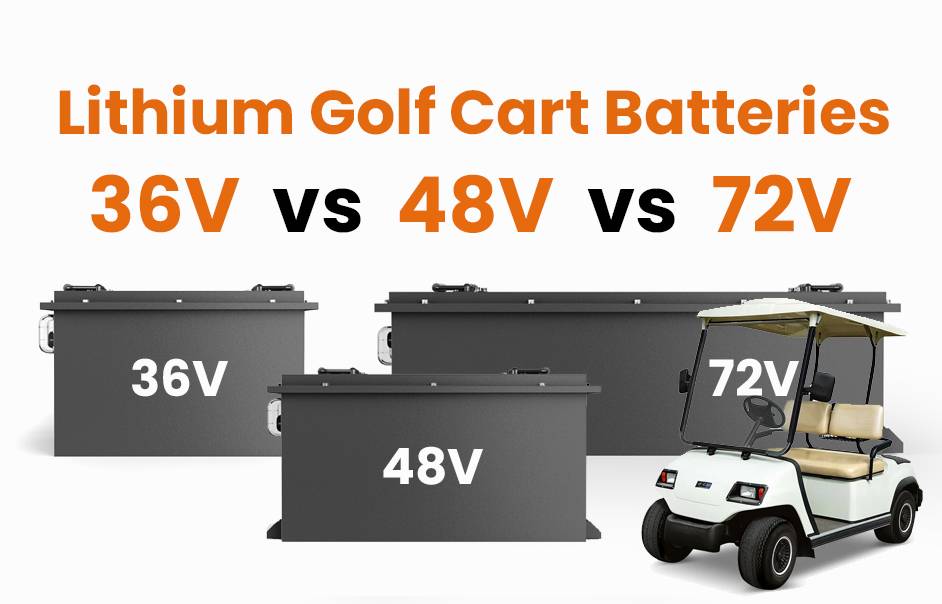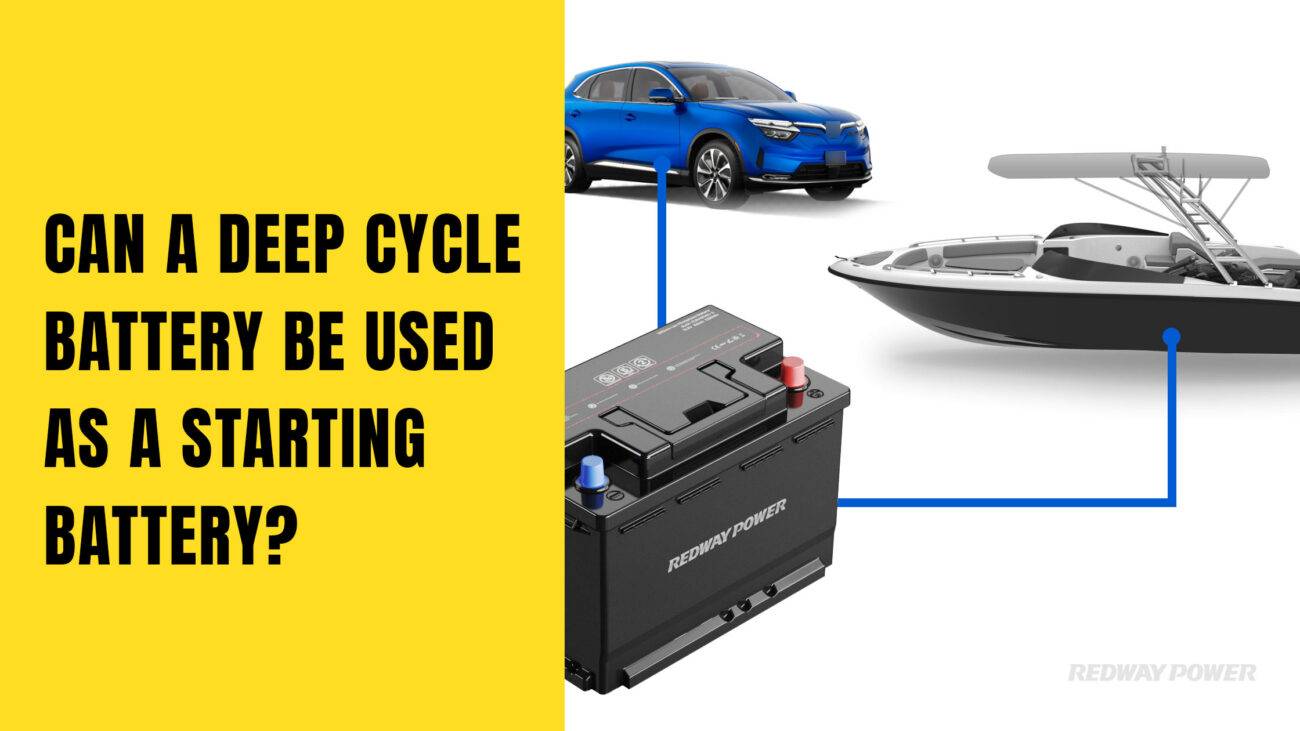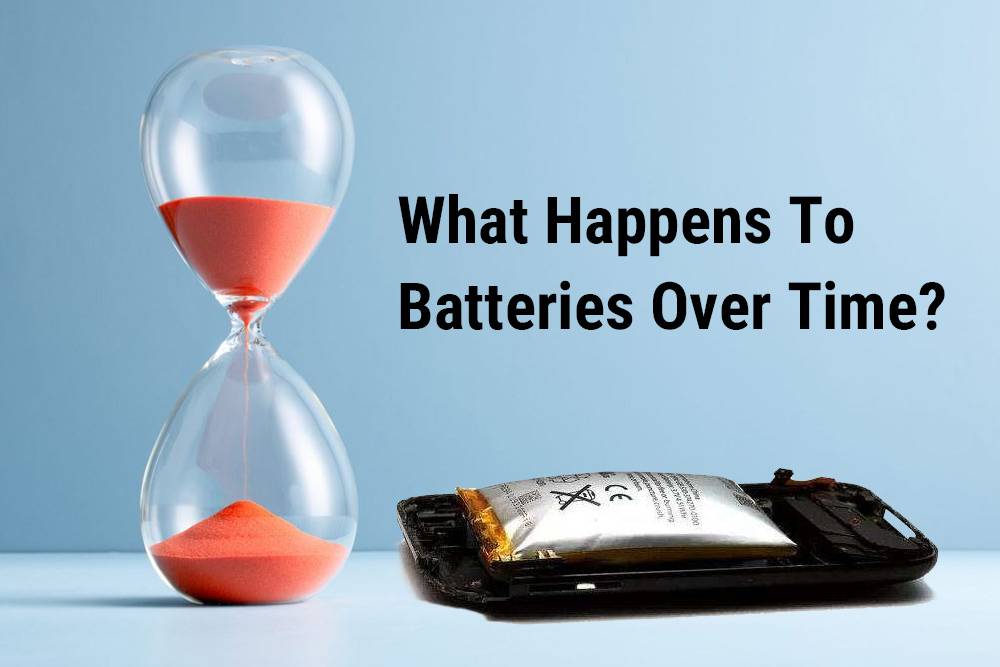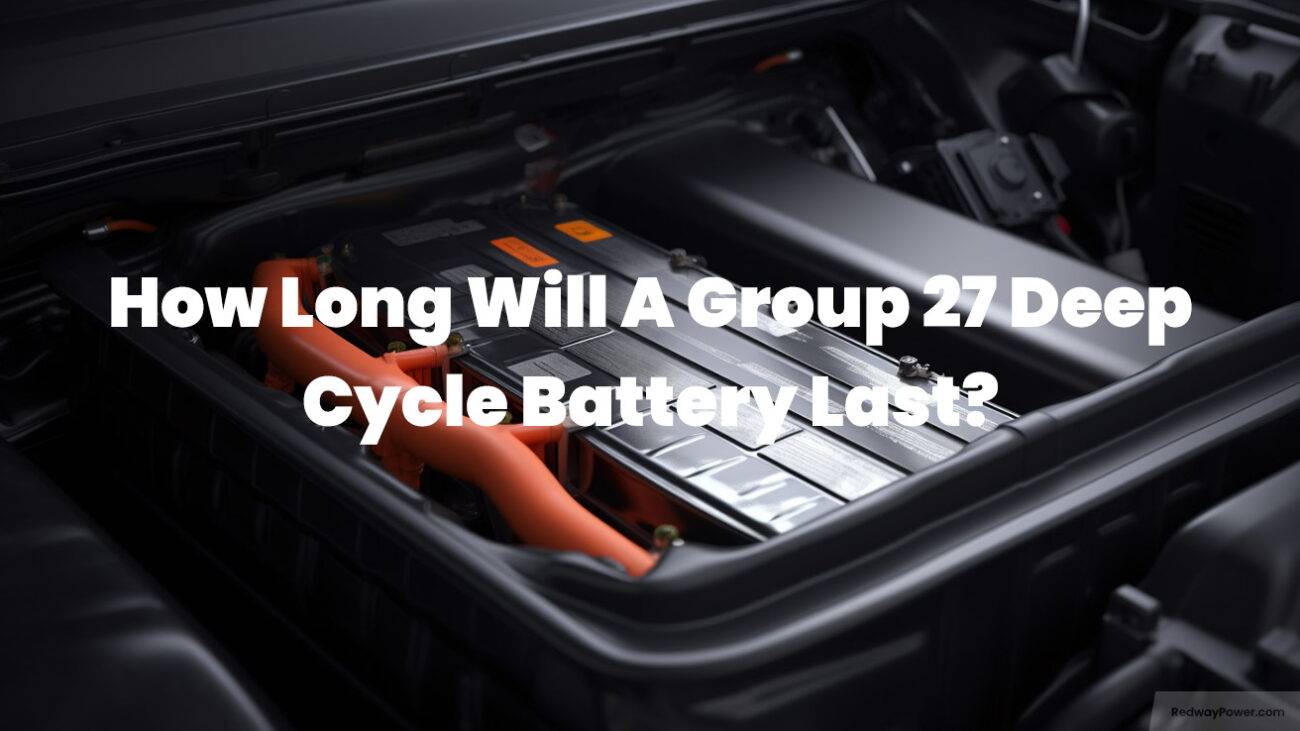
Blog
What Is the Difference Between General Purpose and Deep Cycle Batteries?
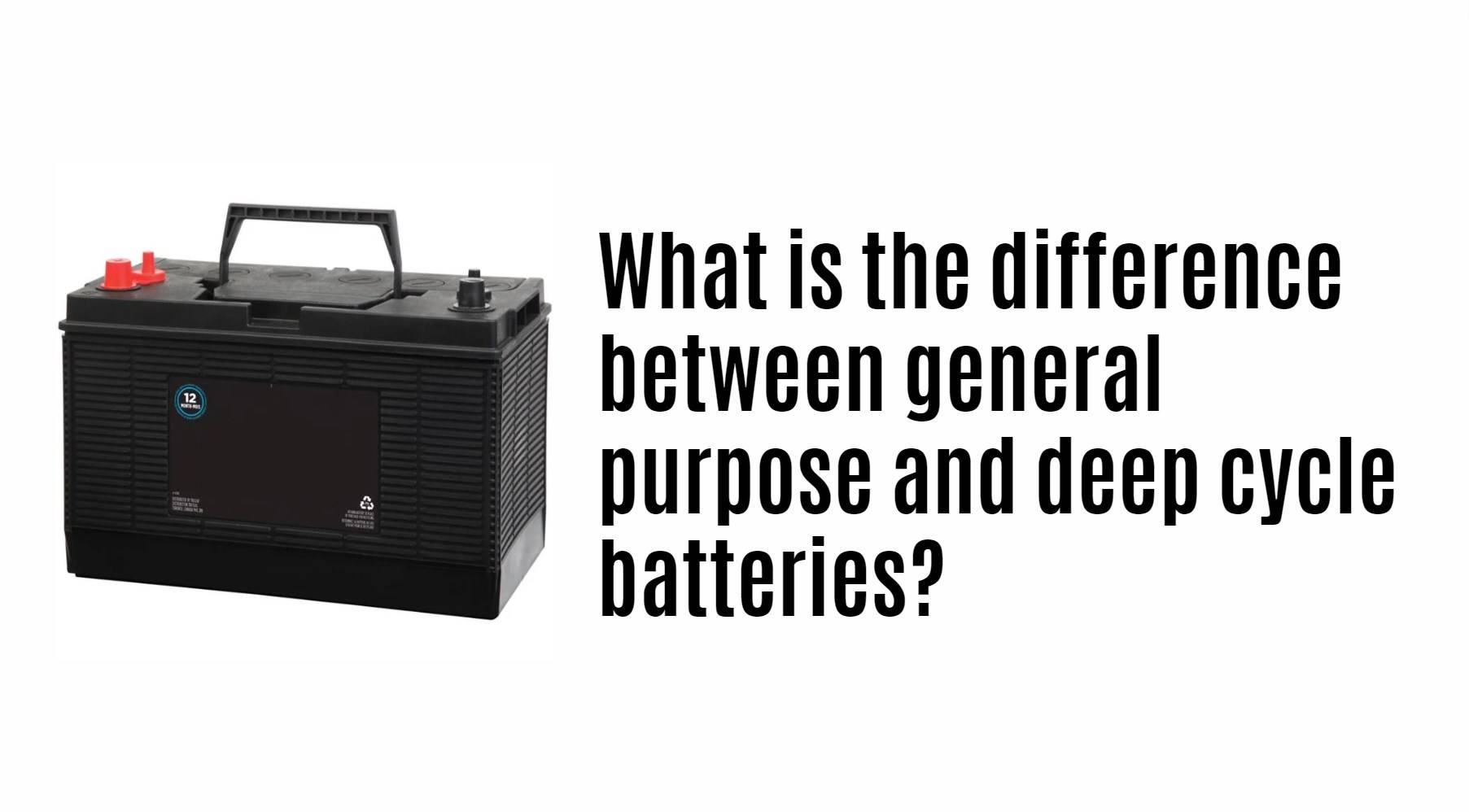
The difference between general purpose and deep cycle batteries lies primarily in their design and intended use; while general purpose batteries are built for short bursts of energy, deep cycle batteries are engineered to provide sustained power over extended periods, making them ideal for applications such as renewable energy systems and recreational vehicles.
What is a Deep Cycle Battery and Its Purpose?
A deep cycle battery is specifically designed to be regularly discharged to a significant depth, typically up to 80% of its capacity, and then recharged without suffering damage or significantly shortening its lifespan. This makes them suitable for applications requiring long-lasting energy supply.
How Do Deep Cycle Batteries Differ from Starting Batteries?
Deep cycle batteries differ fundamentally from starting batteries, which are designed to deliver short bursts of high current (typically around 2-5% of their capacity) to start engines. In contrast, deep cycle batteries can handle repeated discharges down to 20-50% without degrading.Chart: Comparison of Battery Types
| Feature | Starting Battery | Deep Cycle Battery |
|---|---|---|
| Discharge Depth | 2-5% | Up to 80% |
| Use Case | Engine starting | Long-term power supply |
| Plate Thickness | Thinner | Thicker |
| Lifespan | Shorter | Longer |
What Makes Deep Cycle Batteries Unique in Construction and Design?
Deep cycle batteries are constructed with thicker lead plates and more robust materials compared to regular lead-acid batteries, allowing them to withstand the physical stresses associated with deep discharges.
What Applications Are Best Suited for Deep Cycle Batteries?
These batteries excel in applications such as renewable energy systems (solar or wind), marine environments, RVs, and backup power systems where consistent power delivery is essential over extended periods.Chart: Common Applications for Deep Cycle Batteries
| Application | Description |
|---|---|
| Solar Energy Systems | Store energy generated by solar panels |
| RVs | Power appliances during travel |
| Marine Use | Provide reliable power on boats |
| Backup Power | Supply electricity during outages |
How Do Battery Discharge Rates Affect Performance?
The discharge rate significantly impacts battery performance; deeper discharges can reduce overall lifespan if not managed properly, making it crucial to adhere to recommended discharge levels.
What Maintenance is Required for Deep Cycle Batteries?
Maintenance varies by type; flooded lead-acid batteries require regular electrolyte level checks and topping off with distilled water, while sealed types (like AGM or gel) are generally maintenance-free.
How Can You Extend the Lifespan of a Deep Cycle Battery?
To extend the lifespan of deep cycle batteries, avoid excessive discharges beyond recommended levels, maintain proper charging practices, and ensure clean terminals to prevent corrosion.
Expert Views
“Understanding the differences between general purpose and deep cycle batteries is essential for selecting the right battery for your needs,” says Dr. Lisa Nguyen, an expert in battery technology.
FAQ Section
Q: Can I use a deep cycle battery as a starting battery?
A: While it’s possible, it’s not recommended as deep cycle batteries lack the necessary burst power required for starting engines.
Q: How often should I charge my deep cycle battery?
A: Charge your deep cycle battery when it reaches about 50% capacity to maximize its lifespan.
Q: Are deep cycle batteries maintenance-free?
A: Some types like AGM or gel are maintenance-free, while flooded lead-acid batteries require regular maintenance.




